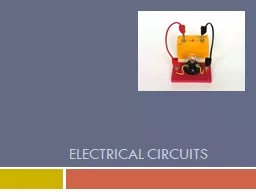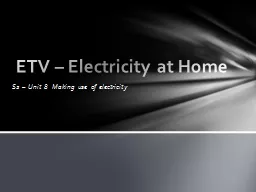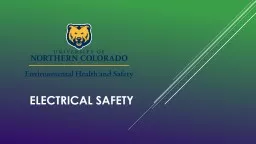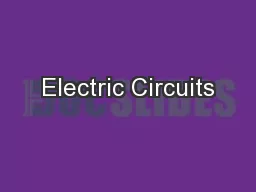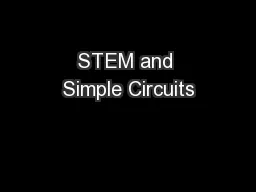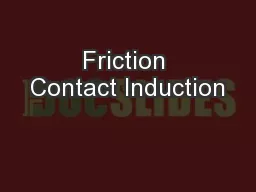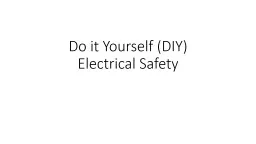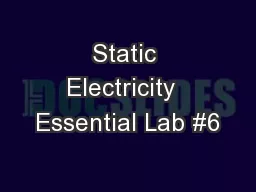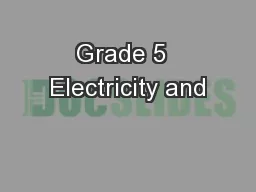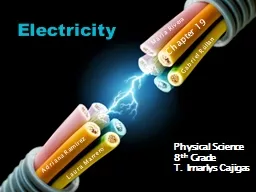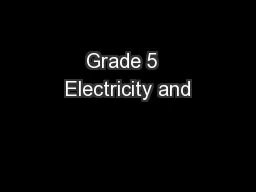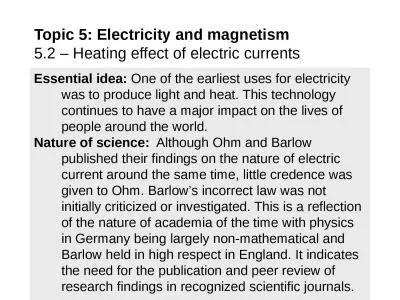PPT-Electrical Circuits Electricity and Circuits
Author : mitsue-stanley | Published Date : 2018-01-31
Up to this point we have learned that static electricity can build up to a point where it results in the discharge of that energy in the form of a spark or lightning
Presentation Embed Code
Download Presentation
Download Presentation The PPT/PDF document "Electrical Circuits Electricity and Circ..." is the property of its rightful owner. Permission is granted to download and print the materials on this website for personal, non-commercial use only, and to display it on your personal computer provided you do not modify the materials and that you retain all copyright notices contained in the materials. By downloading content from our website, you accept the terms of this agreement.
Electrical Circuits Electricity and Circuits: Transcript
Download Rules Of Document
"Electrical Circuits Electricity and Circuits"The content belongs to its owner. You may download and print it for personal use, without modification, and keep all copyright notices. By downloading, you agree to these terms.
Related Documents

